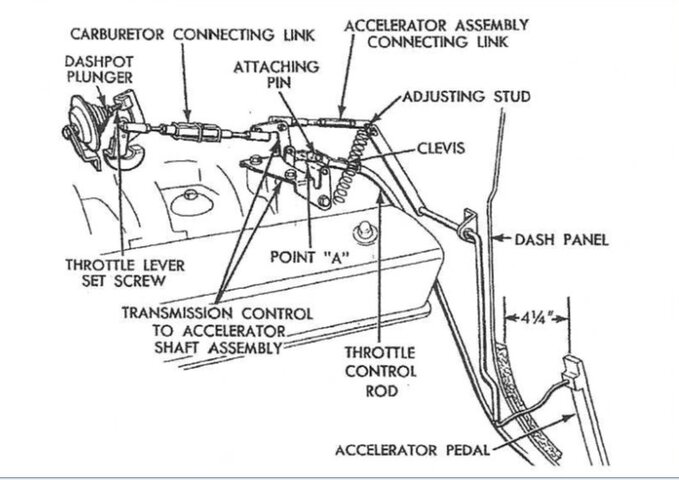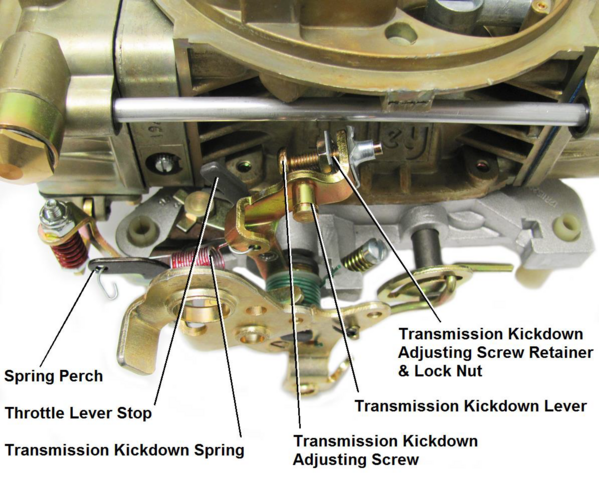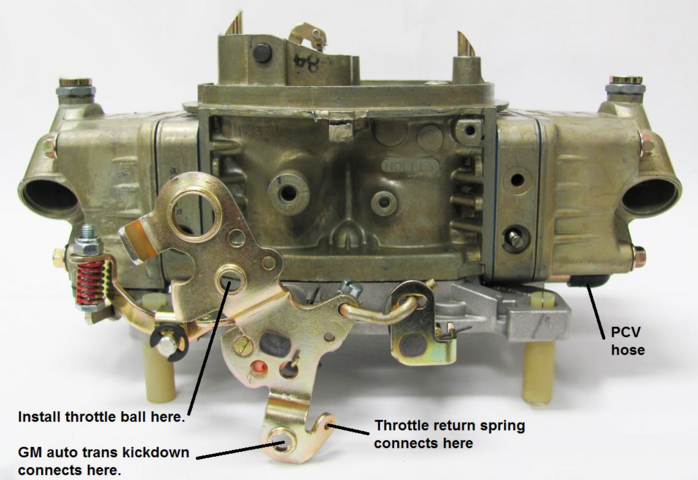- Last seen
- Joined
- Jul 3, 2022
- Thunderbird Year
- 1955
I rebuilt my carburetor on my 292 with a automatic trans, which is a 600 CFM Holley, and replaced the springs on the linkage, It shifted fine before the rebuild, now there is a delay shifting into 3rd. The RPMs are around 2k before it will shift. I am thinking my springs are too strong. I did not change the linkage screw adjustments. I have researched the internet and there seems to be two choices - 1. that my springs are too strong or 2. the tension on the transmission rod is to much. I did not change the rods.
I bought 2 new springs for the accelerator and used the same spring on the front.
Any help would be appreciated. I don't want to abuse the trans.
The first picture is the after rebuild. (carb.jpg) Notice the 2 springs vs. 1 in the second picture.
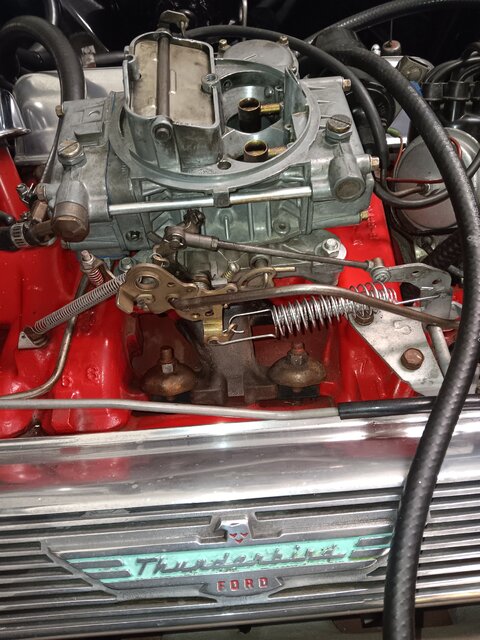
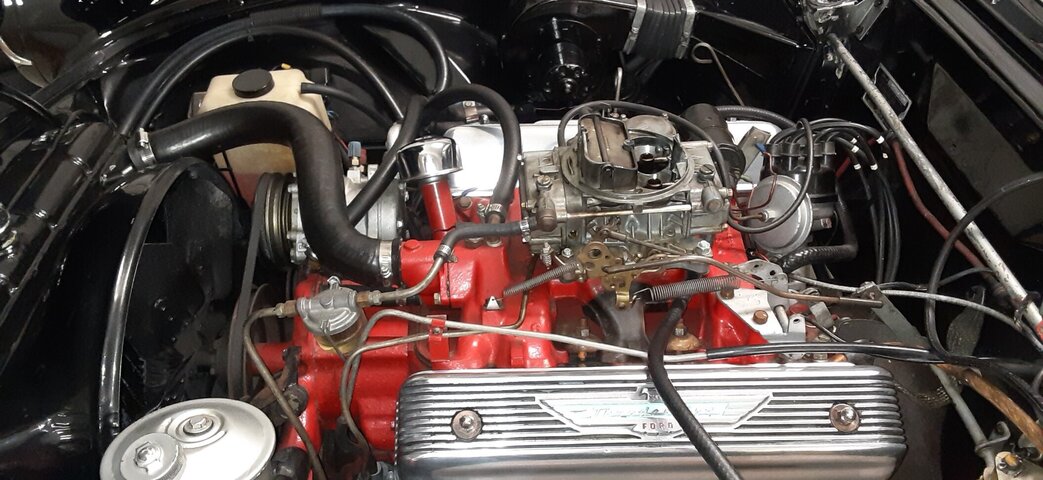
I bought 2 new springs for the accelerator and used the same spring on the front.
Any help would be appreciated. I don't want to abuse the trans.
The first picture is the after rebuild. (carb.jpg) Notice the 2 springs vs. 1 in the second picture.


Last edited by a moderator:



